Introduction
Egypt has been known as a country pyramids. Generally, Pyramids refer to the huge triangle monuments specifically associated with funerary practices of ancient people. But, some experts describe their astronomical values as well. In Latin America also, pyramids can be seen. In Egypt, pyramids are numerous in number.
The Pharaoh Nyuserre
Nyuserre was an ancient Egyptian pharaoh. He belonged to the Fifth dynasty of the Old Kingdom Period. This period lasted ib between 2686 – 2181 BCE. He was the younger son of Neferirkare Kakai.
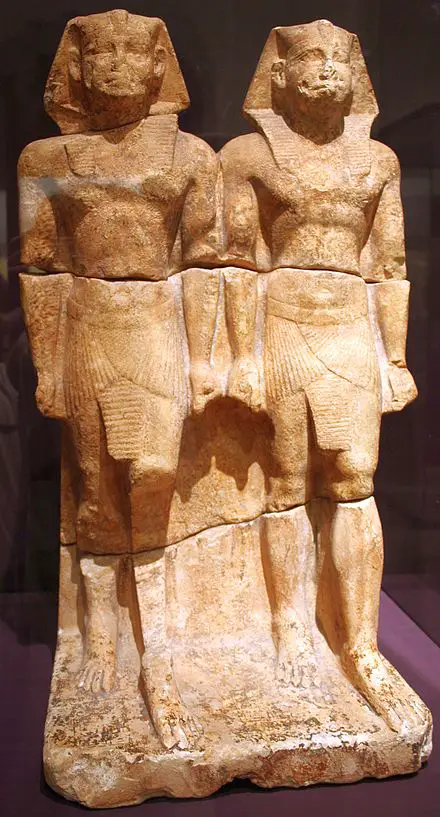
The Location of The Pyramid
The exact location of the pyramid of Neferefre is the Abusir Necropolis. It is an Old Kingdom Period necropolis located near Cairo, the modern capital city of Egypt. The location of this pyramid is on the south-west side of the pyramid of his father, Neferirkare Kakai.
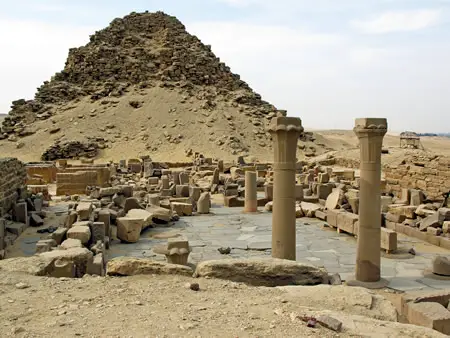
The Pyramid of Nyuserre
The pyramid of Nyuserre is a smooth-sided pyramid. But its smooth sides are now ruined. Pharaoh Nyuserre, somehow, showed a great responsibility towards his elders. Because he completed all the remaining works of his parents Neferirkare Kakai (Father) Khentkaus II (Mother) and elder brother Neferefre in the Abusir necropolis before starting his own. Thus, it shows the generosity of the pharaoh. So, we can locate pyramids of almost all the members of the royal family of Nyuserre in Abusir.
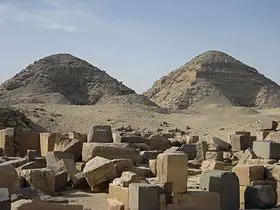
The Discovery of The Pyramid
It was the year 1838. Egyptologist John Perring first initiated survey work in this region. He discovered the entrance of the pyramid. Then Karl Lepsius cataloged the pyramid. Later, Ludwig Borchardt again surveyed the site. This survey seemed to be very important. Because he discovered the causeway and other associated temple remains. So, he did commendable work in the initial stage of research.
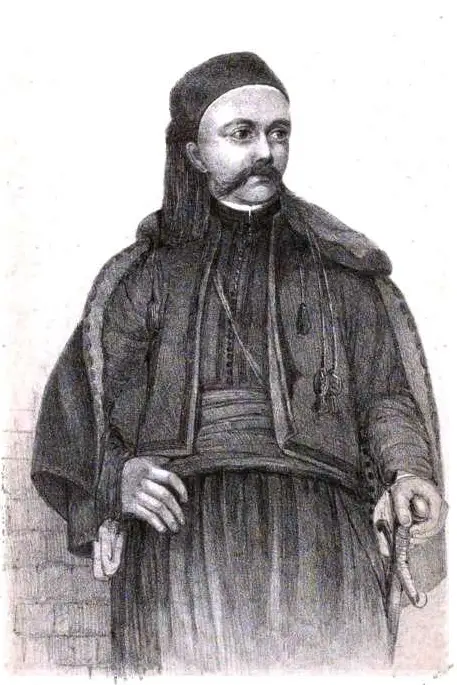
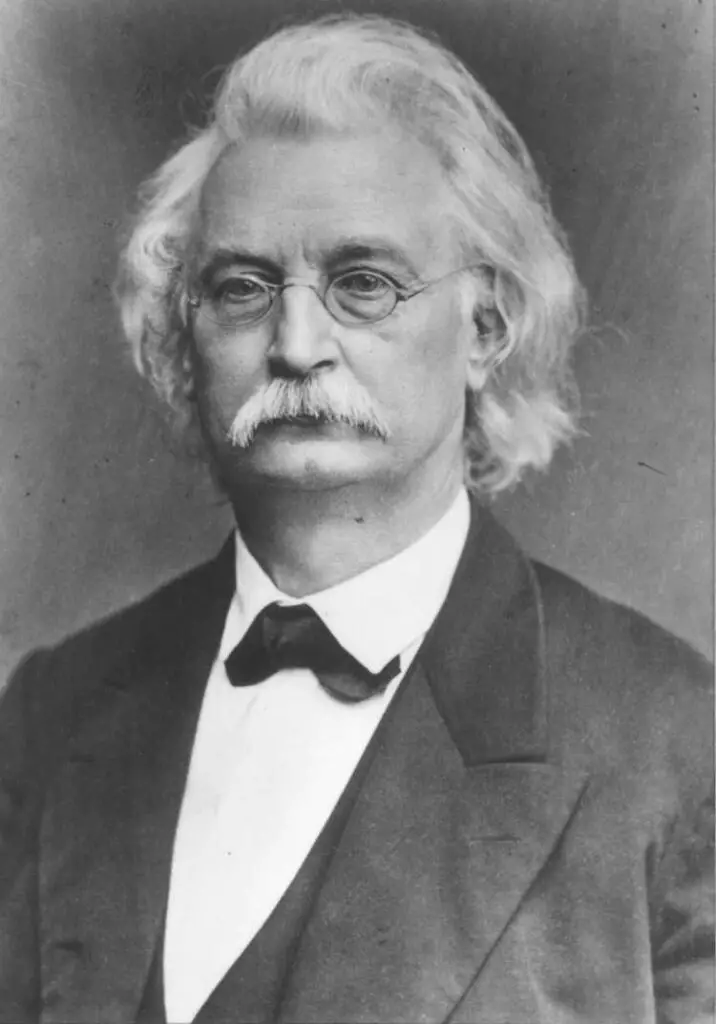
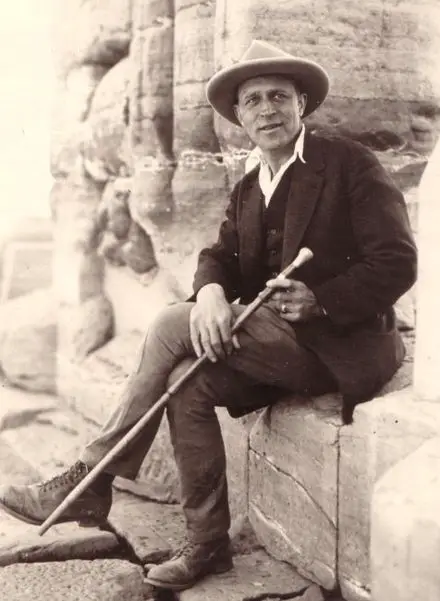
The Mortuary Complex
During the Old Kingdom Period, mortuary complexes have five components. These are the main pyramid, valley temple, mortuary temple, cult pyramid, and causeway. The pyramid is Nyuserre has all of these. Thus, it helps to reconstruct the funerary practices of this period. So, it is a significant pyramid in the Abusir necropolis.
The Main Pyramid
The main pyramid is a smooth-sided pyramid. Its main raw material is Tura limestone. The pyramid is smaller in size than the pyramid of his father Neferirkare.
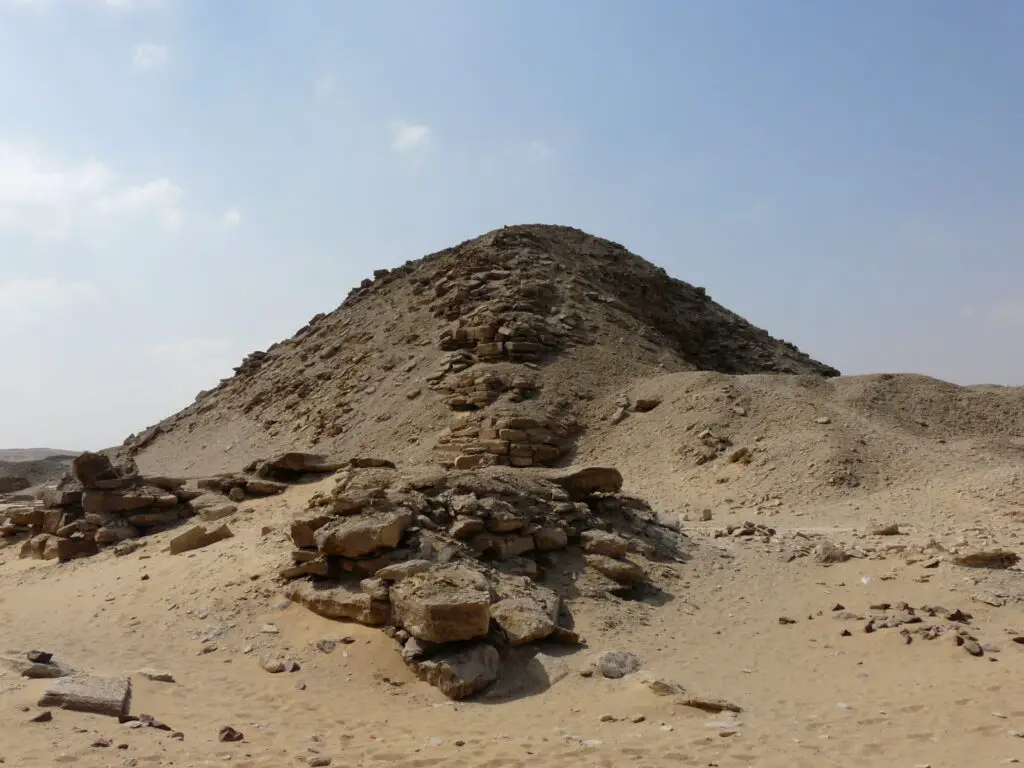
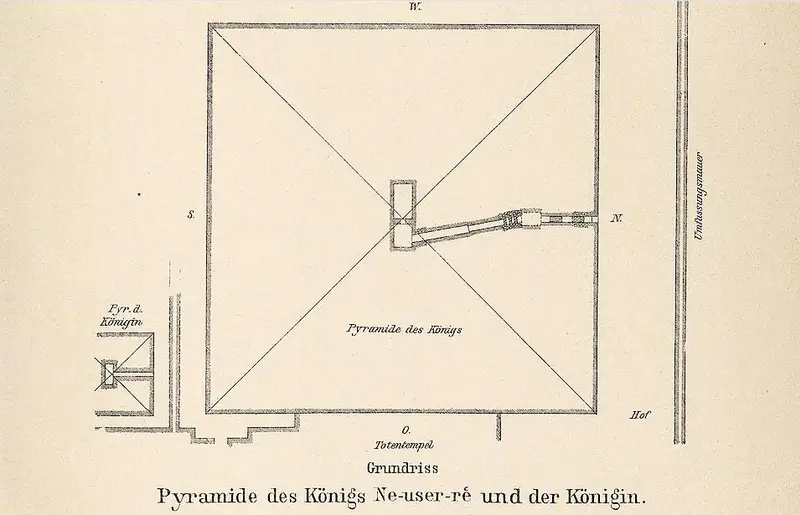
The Cult Pyramid
The location of the cult pyramid is on the south-east corner of the mortuary complex. According to experts, there was probably some symbolic significance to the cult pyramid. But, the exact purpose of this is still unclear. But some think that rituals related to the resurrection of the spirit of the pharaoh may have been performed in this cult pyramid.
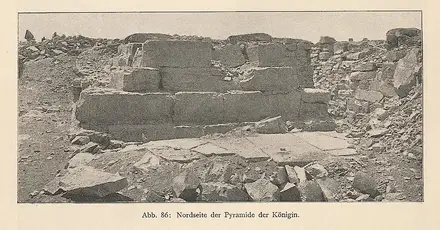
The Mortuary Temple
The shape of the mortuary temple of Nyuserre resembles the English alphabet ‘L’. It is unique. Because generally, the shape of mortuary temples of this period resembled the English alphabet ‘T’. During the excavations, archaeologists recovered a huge courtyard in the mortuary temple area. The most interesting finding was a relief. It has the representation of the pharaoh along with Anubis and Hathor. They are two major gods in the ancient Egyptian religious pantheon. Thus, the mortuary temple of this pyramid complex has provided a lot of information.
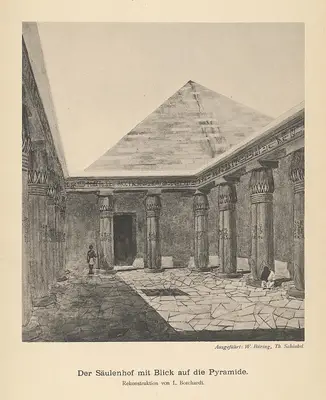
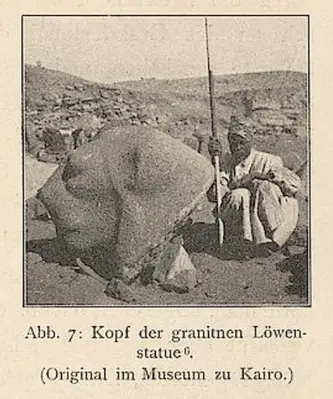
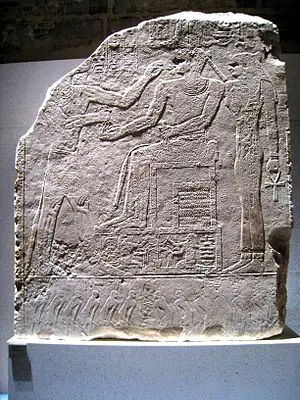
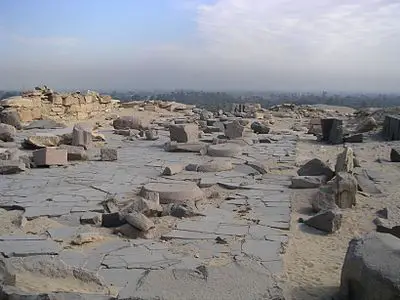
The Causeway
The remains of the causeway are very prominent. There is an embankment in the causeway. So, ancient Egyptians used it to store water in the complex area. Archaeologists also recovered evidence of a sophisticated water drainage system in the causeway. Thus, it helps to understand the water drainage management system during this period in Egypt.

